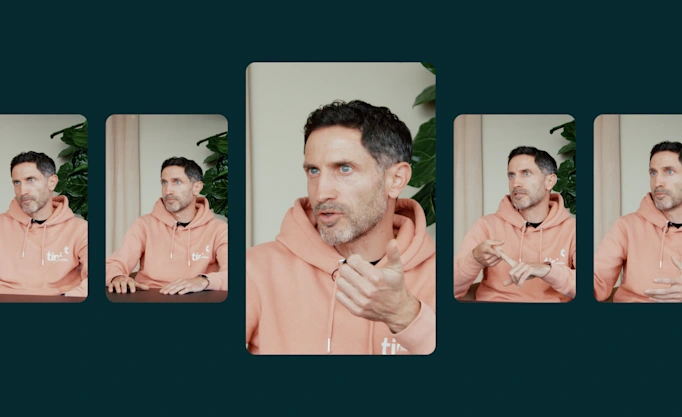What is a payment account according to PSD2?

What is considered a payment account under PSD2 and what isn’t? Seems like a simple question, right? But, as with most topics in the finance industry, the answer is almost always ‘well, it depends…’
What’s considered a payment account in PSD2 regulation is not always straightforward.
Savings accounts, while not payment accounts, are open to interpretation by country or bank and can be considered a payment account.
Mortgages aren’t in the scope of the PSD2, while payment instruments (non-cash payments such as credit cards) are.
To be sure, it’s always best to check the local laws.
The revised Payment Services Directive (PSD2) states that all banks in Europe must allow authorised third-party providers (TPPs) access to payment account information on behalf of their customers.
So, what is a payment account then?
The most common definition is it’s an account that can send and receive payments to and from a third party. But it’s not always that simple. To qualify as a ”payment account” under PSD2, an account needs to meet three criteria:
You can place funds in the account
You can withdraw cash from the account
The account can execute and receive payment transactions, including credit transfers, to and from a third party.
If an account doesn’t meet these criteria, it’s not a payment account and the information associated with the account is not covered by PSD2 – meaning it’s ‘non-PSD2 data’.
However, PSD2 targets 27 countries in the EU and EEA each with their own set of banking laws. This means that the scope of open banking can differ not only from country to country but from bank to bank as well.
For example, Swedish bank SBAB has made an API available to enable TPPs to aggregate information from true savings accounts (meaning savings accounts that only allow users to deposit and withdraw money) – with the customer’s consent, of course.
Since most savings accounts are not payment accounts, banks don’t need to provide an access interface to that data. But that doesn’t mean they can’t – as with SBAB.
Mortgages? Prepaid debit cards? Gift cards? Credit cards?
What about mortgages? Mortgages will make those wanting a straightforward answer very happy. No – they aren’t in scope of PSD2. Now, what about prepaid debit cards and gift cards? These are considered payment instruments, which is just a fancy way of saying you don’t use cash, and are in scope of PSD2 – sort of. This takes us back to the definition of a payment account.
For example, a prepaid debit card is created in the user’s name, it is loaded, and can be reloaded from a user’s payment account. It’s then used as a debit to pay for items. On the other hand, gift cards are also loaded from a user’s account, but they usually aren’t reloaded, aren’t registered to a specific user, and are only used at the store, restaurant, or mall where they were bought.
So what does this mean? According to PSD2, only when a payment account is created and registered under a user’s name could it fall under the scope of PSD2. Therefore, prepaid debit cards should be regulated while gift cards are not.
Credit cards are an oddity. Most credit cards do not fall under the definition of a payment account. Like a gift card, they are not reloaded with money but like a prepaid debit card, they are registered to a specific person. They are not a payment account because you usually cannot deposit funds in them, but you can withdraw cash and you can execute and receive payments from third parties. However, they are payment instruments and payment instruments that are connected with a payment account are in scope.
As you can see, when it comes to what is considered a payment account and what isn’t according to PSD2 is not entirely straightforward. In some cases, it really just depends… But we hope that this has cleared up some of the confusion. However, it’s always best to check with the local laws.
Explore more
If you would like to know more about the basics of open banking, check out our open banking 101 series. To better understand what all the acronyms in this post relate to, check out our open banking glossary.
More in Open banking

2025-11-20
3 min read
Tink powers the UK’s first cVRP transaction with Visa A2A
In partnership with Visa, Kroo Bank, and Utilita, we’ve just helped demonstrate the UK’s first commercial variable recurring payment (cVRP) using the Visa A2A solution – and it’s a big step forward for how people make regular payments.
Read more

2025-06-09
11 min read
The case for “Pay by Bank” as a global term
Thomas Gmelch argues that "Pay by Bank" should be adopted as a standard term for open banking-powered account-to-account payments to reduce confusion, build trust, and boost adoption across the industry.
Read more

2025-06-02
3 min read
Tink joins Visa A2A – what it means for Pay by Bank and VRP
Visa A2A brings an enhanced framework to Pay by Bank and variable recurring payments (VRP) in the UK, and Tink is excited to be one of the first members of this new solution.
Read more
Get started with Tink
Contact our team to learn more about what we can help you build – or create an account to get started right away.
